Like all immigrants, when my grandparents moved from Syria to Venezuela in the late 1950s, they brought a piece of Aleppo with them. To this day, I associate the scent of fresh mint with my grandmother, Marine, Allah yerhama (may God rest her soul). As kids, we used to play around her vegetable and herb garden in Venezuela. My grandmother grew a disproportionate amount of mint. I would occasionally pluck a couple leaves, rub them between my fingers, and press them up to my nose. The scent of fresh mint always reminds me of her.
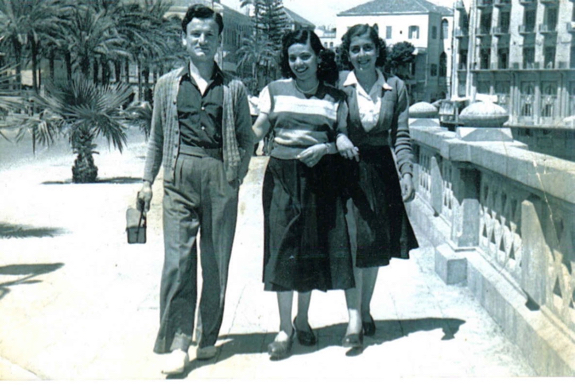
Through food, music, herb gardens, and traditions, immigrants forge familiar identities in a new home. Pomegranate molasses was difficult to find in Venezuela, so my grandmothers often used tamarind paste to recreate that sweet and tangy flavor profile. Lebanese immigrants in Mexico paved the way for tacos al pastor, a twist on the classic shawarma sandwiches known throughout the Middle East. Substitutions make it possible to keep traditions alive. Each substitution or spin on a recipe forges a new identity.
The Middle East is full of these variances. If you don’t believe me, ask a Palestinian and a Syrian how they prepare stuffed grape leaves. Each recipe carries with it the history of its ancestors. Ask a Greek cook about dolmas and you’ll jump to a different, but familiar chapter in the history of stuffing vegetables. The recipes on my blog represent a snapshot in time. That brings me to kleejah (كليجة), the recipe for today’s post.
The origin of kleejah appears to be somewhere in Iraq. My maternal grandmother, Muna, makes amazing kleejah. She lives in Venezuela. Kleejah, at least the one from my childhood, is somewhere between a cookie and a bread. It wasn’t until I lived in Aleppo that I experienced kleejah that wasn’t my grandmother’s. Some bakeries in Aleppo prepare kleejah as a cookie, while other make a chewier variation, similar to brioche. The dough is seasoned with a variety of fragrant spices such as cinnamon, cloves, fennel, anise seed, nutmeg, mahlab, and nigella seeds. The kleeja from Iraq is different. The Iraqi version is flavored with cardamom and stuffed with a date paste, similar to ma’amoul. Somewhere between Mosul and Aleppo, a transformation occurred. In Aleppo today you’ll even find the spice-filled Aleppan version stuffed with dates, forging yet another identity.
Today, I’m going to feature the kleejah I grew up eating. This recipe is from a dear friend and expert Aleppan cook, Siham Baladi. Before I jump into the recipe though, I have to tell you a funny story about Siham. Siham and I have never met in person. She grew up in Aleppo and moved to the US in her early 20s. She stumbled upon my blog while I was pursuing my Fulbright in Syria. She sent me a sweet email about the beautiful memories she was able to relive through my blog. She also connected me with her family in Aleppo in case I needed anything. I was moved by Siham’s email, so I decided to share it with my grandmother’s sister, Christine (Aunt Kiki). Aunt Kiki was helping me get settled in Aleppo and was intrigued by the premise of my research: food. I thought Siham’s email would provide wonderful context to the Fulbright’s mission of cross cultural exchange. As I was reading and translating Siham’s email out loud, Aunt Kiki stopped me at the part where Siham connected me with her family in Aleppo. Curious, Aunt Kiki asked if that note was from Siham… I was floored! Siham hadn’t lived in Aleppo for over thirty years. As it turns out, when Aunt Kiki was a newlywed back in 1959, Siham was a little girl who lived in the building Aunt Kiki had moved into with her husband.

The Aleppan variation calls for a lot of spices. If your grocery store has a bulk spice section, I recommend picking them up from there. The spices are usually fresher and it ends up being less expensive than purchasing individual jars of spices.
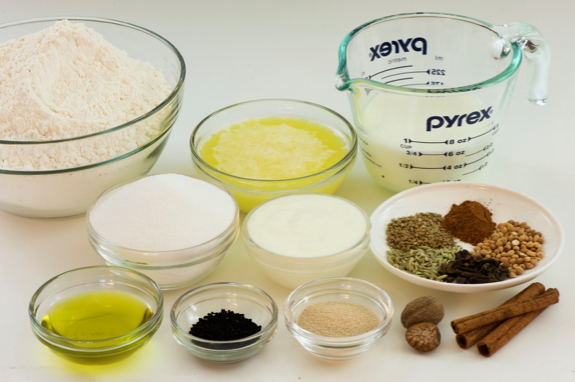
To bloom the yeast for the kleejah, you’ll want to start by warming milk between 110-115 degrees Fahrenheit (43-46 degrees Celsius). Instant yeast allows you to skip the blooming stage, but this is always a good way to make sure your yeast is alive and well. It takes a few extra minutes, but it saves you a lot of trouble if your yeast doesn’t activate for any reason.

Dissolve the yeast in the milk and a tsp of the sugar (save the rest for the dough). Cover the bowl and allow the yeast to proof in a warm place for 5-10 minutes.
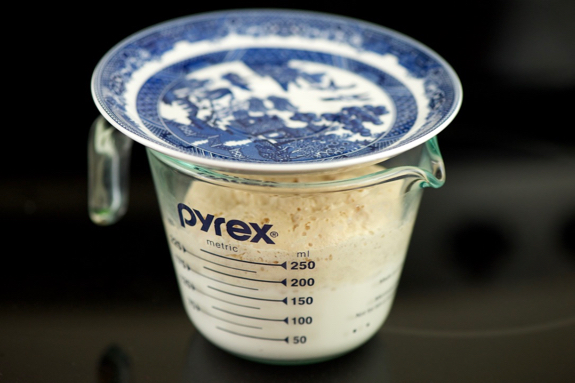
In the meantime warm up the spices (except for the nigella seeds) in a skillet. This helps bring out their essential oils.
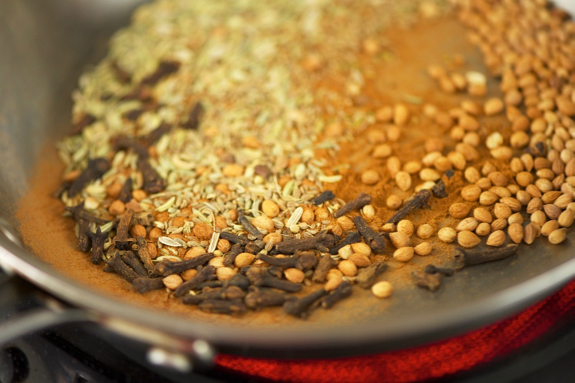
Grind the spices (except for the nigella seeds) in your spice grinder until it becomes a powder. The nigella seeds will get added to the dough whole.
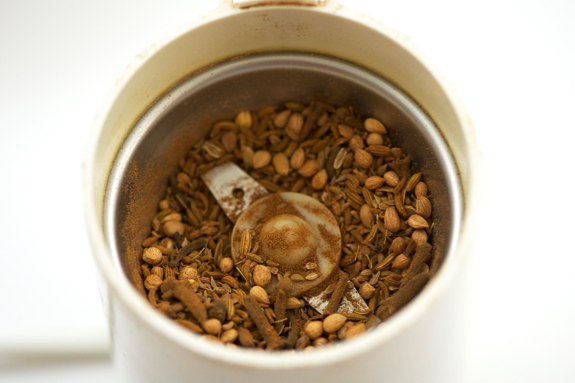
Combine the dry ingredients together (flour, the spice mix, nigella seeds, and a pinch of salt). Mix until they are well combined. The reason you mix the dry ingredients first is so that they are evenly distributed in the dough. Once the dough comes together, it becomes difficult to mix the spices evenly without over working the dough.
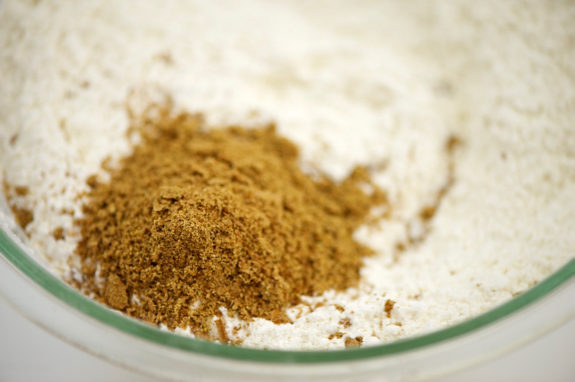
Once the dry ingredients are mixed tougher, you can add the wet ingredients: yeast-milk mixture, butter, olive oil, and yogurt.

Stir the mix a few times with a wooden spoon until it comes together and then knead with your hands until a soft dough is formed. Coat the dough with a layer of olive oil, cover with a kitchen towel, and allow the dough to rise for 4-5 hours in a warm, dark place.

Deflate the dough and divide it into tennis-ball size pieces (roughly 60 grams each).
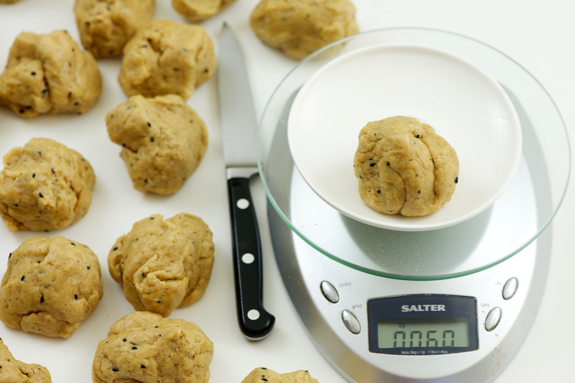
Form the dough into an 8 shape. You could also form them into buns. Cover the dough with a damp towel and allow to proof a second time for 45-60 minutes.
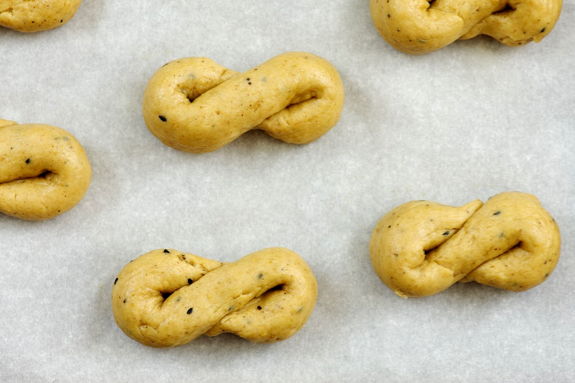
Brush the dough with an egg wash (1 egg + 1 Tbsp milk). This will give the kleejah a shiny, golden brown coat once it bakes. Bake the kleejah in a 350 degree oven for 18-20 minutes or until golden brown. Baking times will vary depending on the shame and size you made your kleejah.
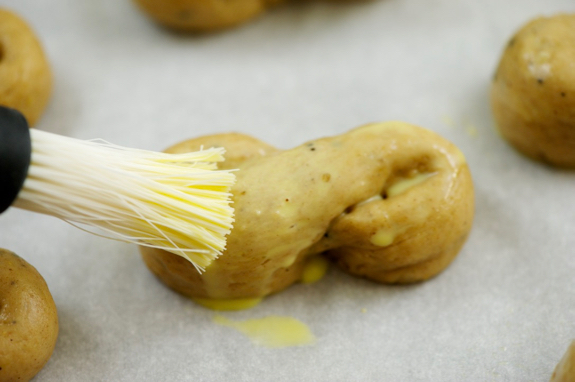
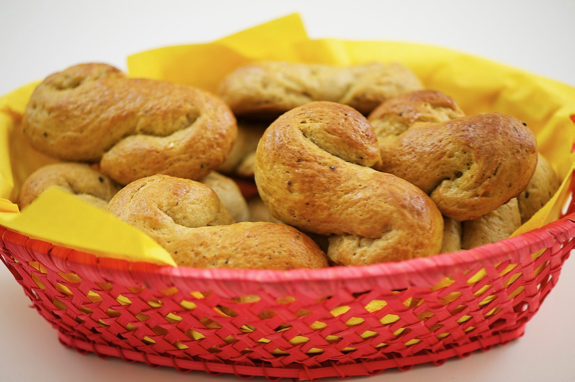
Kleejah
yields approx 16-18 pieces
Components
- 500g flour (~3 3/4 cup)
- 113 g butter (1 stick)
- 1 cup milk, plus 1 Tbsp for egg wash
- 1 Tbsp mahlab
- 1 Tbsp nigella seeds
- 1 Tbsp fennel seeds
- 1 Tbsp anise seeds
- 1 Tbsp cinnamon
- 1 1/2 tsp whole cloves
- 1/2 tsp nutmeg
- 2 Tbsp plain yogurt
- 1 cup sugar
- 1 egg
- 2 Tbsp yeast
- 2 Tbsp extra virgin olive oil
Putting them all together
- Heat up milk to 110-115 degrees Fahrenheit (43-46 degrees Celsius). Dissolve the yeast in the milk and a tsp of the sugar (save the rest for the dough). Cover the bowl and allow the yeast to proof in a warm, dark place for 5-10 minutes.
- Warm up the spices (except for the nigella seeds) in a skillet over medium low heat, making sure not to burn the spices. Remove the spices from heat once they become fragrant.
- Grind the spices (except for the nigella seeds) in a spice grinder until they’re a fine powder.
- Combine the dry ingredients together (flour, the spice mix, nigella seeds, and a pinch of salt). Mix until they are well combined.
- Add the wet ingredients: yeast-milk mixture, butter, olive oil, and yogurt.
- Stir the mix a few times with a wooden spoon until it comes together and then knead with your hands until a soft dough is formed. Coat the dough with a layer of olive oil, cover with a kitchen towel, and allow the dough to rise for 4-5 hours in a warm, dark place.
- Deflate the dough and divide it into tennis-ball size pieces (roughly 60 grams each)
- Form the dough into an 8 shape. You could also form them into buns. Cover the dough with a damp towel and allow to proof a second time for 45-60 minutes.
- Brush the dough with an egg wash (1 egg + 1 Tbsp milk). This will give the kleejah a shiny, golden brown coat once it bakes. Bake the kleeja in a 350 degree oven for 18-20 minutes or until golden brown. Baking times will vary depending on the shame and size you made your kleeja.
- Transfer kleejah to a wire rack until they have cooled. Enjoy!
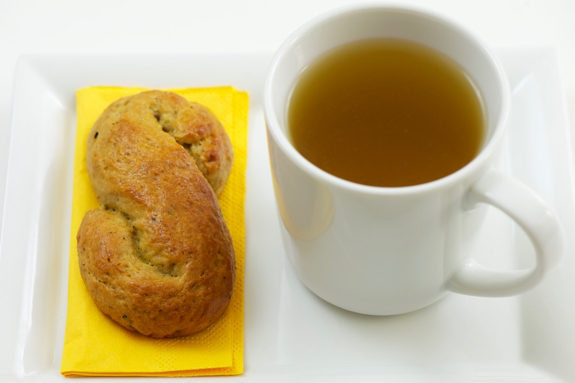

Hello Antonio my name is mariam and Im syrian from Damascus born and raised in London , I stumbeled across your lovely blog as i was searhcing google for kabab banjan
I can tell that you have a passion for cooking from your lovely recipes as i enjoy to cook myself. I want to thank you for these lovely recipes and I love your blog
All the best